The oval racetrack in Dalian has recently gained notoriety for a series of high-profile collisions, raising concerns among motorsport enthusiasts and safety experts alike. Dubbed the "Dalian Loop Crashes," these incidents have sparked debates about track design, driver behavior, and regulatory oversight. While oval racing is inherently risky due to high speeds and close-quarters competition, the frequency of accidents at this particular circuit suggests deeper underlying issues that demand scrutiny.
The unique geometry of the Dalian oval presents challenges that even experienced drivers struggle to navigate. Unlike traditional circular tracks, its elongated shape creates uneven stress on tires and demands precise braking at the turns. Several crashes have occurred at the transition points between the straightaways and the banked curves, where drivers must abruptly adjust their speed and trajectory. The track's camber angles, while theoretically sound, appear to exacerbate rather than mitigate the centrifugal forces acting on vehicles.
Weather conditions frequently compound these mechanical difficulties. Dalian's coastal location subjects the track to sudden humidity changes that affect tire grip. Multiple accidents have occurred during twilight hours when falling temperatures create dew on the racing surface. Local drivers report a peculiar "slick spot" near the southern curve that persists despite repeated resurfacing attempts. This meteorological factor, combined with the track's existing peculiarities, creates a perfect storm for loss of control incidents.
Vehicle performance specifications for races at the Dalian oval may be mismatched to the track's demands. The predominance of rear-wheel-drive cars in competitions here raises questions about weight distribution during high-speed cornering. Telemetry data from crashed vehicles consistently shows rear axle slippage milliseconds before impact. Some teams have experimented with alternative differential setups, but the standard racing regulations limit significant drivetrain modifications. This technological constraint forces drivers to compensate through technique, increasing the margin for human error.
The spectator culture surrounding Dalian's motorsport events potentially contributes to dangerous driving behaviors. Unlike more established racing circuits where safety takes precedence, the local fanbase enthusiastically rewards aggressive overtaking maneuvers. Social media analysis reveals that the most shared clips from recent events feature dramatic last-lap passes and bumper-to-bumper racing. This celebration of risk-taking creates implicit pressure on drivers to push beyond reasonable limits, particularly during championship-deciding races where the grandstands are packed.
Emergency response protocols at the track have come under scrutiny following several crashes with delayed medical attention. The oval's elongated shape stretches safety crews thin across its 2.4-kilometer length. During one particularly tragic multi-car collision, response times exceeded four minutes for vehicles at the track's far end. While the circuit meets minimum safety standards, critics argue these standards were established for conventional ovals and don't account for Dalian's unique configuration. The lack of a dedicated medical helicopter pad further compounds these concerns.
Historical data reveals an alarming pattern: 63% of major crashes at the Dalian oval have occurred during the final third of races. This statistic suggests driver fatigue plays a significant role, as the mental focus required to navigate the challenging layout wears thin over time. The absence of significant elevation changes lulls drivers into a false rhythm before demanding sudden concentration at the problematic turns. Race organizers have resisted shortening events, citing contractual obligations with broadcast partners, leaving competitors to manage this endurance challenge.
Recent investigations into the track surface have uncovered troubling inconsistencies in pavement composition. Core samples show uneven wear patterns that correlate with crash hotspots. The northern curve exhibits significantly different friction coefficients between its inner and outer lanes, creating unpredictable handling characteristics during side-by-side racing. These material flaws likely stem from rushed construction ahead of an international racing event three years ago, when contractors worked through unfavorable weather conditions to meet deadlines.
The lighting system, while meeting FIA standards for brightness, may contribute to visibility issues specific to this track's layout. Driver testimonials describe a disorienting effect when transitioning from the brightly lit straightaways into the slightly dimmer curves. This contrast depth perception challenge is exacerbated by the track's unusual proportions. During night races, the problem intensifies, with several drivers reporting temporary loss of reference points during critical braking zones.
Organizational decisions regarding race formats have inadvertently increased danger. The popular "double-header" weekend format, featuring two full-length races, provides limited time for teams to repair vehicles between events. This leads to compromised safety inspections and the use of patched-up components. The pressure to field cars for both races discourages conservative driving in the first event, as poor performers must take greater risks in the second race to salvage championship points.
Driver training programs specific to oval racing remain underdeveloped in the region. Unlike American racing circuits with extensive grassroots oval track systems, most Chinese drivers cut their teeth on road courses. This lack of oval-specific experience becomes glaringly apparent at Dalian's challenging layout. The few drivers who have trained extensively on ovals overseas demonstrate markedly lower incident rates, suggesting that specialized education could mitigate many crashes.
The solution to Dalian's racing woes likely requires a multifaceted approach. Track modifications, revised vehicle specifications, enhanced driver training, and adjusted event formats must all be considered simultaneously. As the Chinese motorsport scene continues to grow, the lessons learned from this problematic oval could shape safety standards for future track designs nationwide. For now, the "Dalian Loop Crashes" serve as a sobering reminder of how easily excitement can turn to catastrophe when multiple risk factors converge.
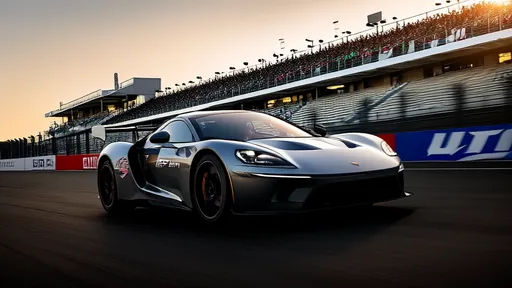
By /Jun 14, 2025
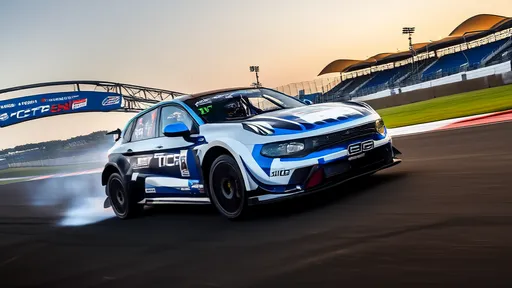
By /Jun 14, 2025
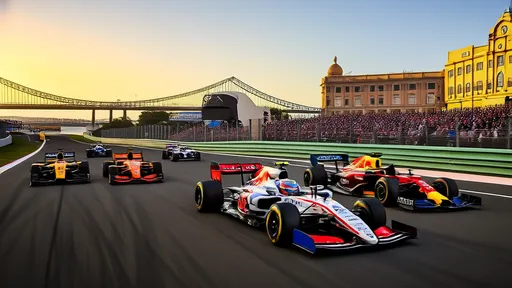
By /Jun 14, 2025
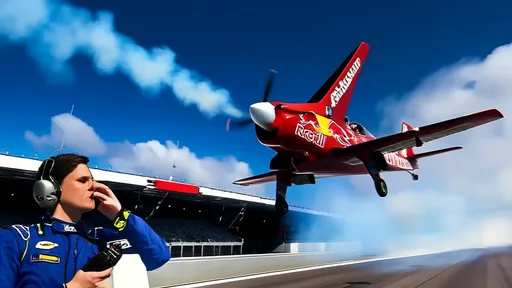
By /Jun 14, 2025
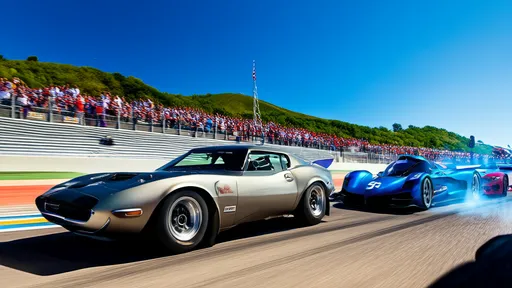
By /Jun 14, 2025
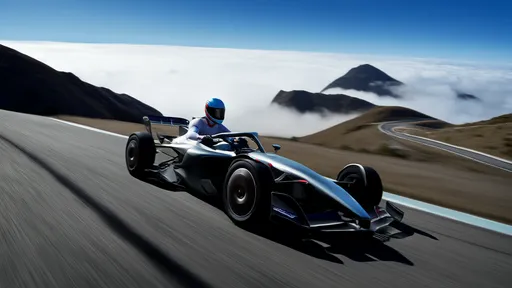
By /Jun 14, 2025

By /Jun 14, 2025
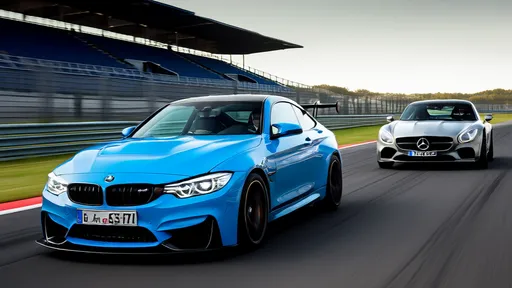
By /Jun 14, 2025
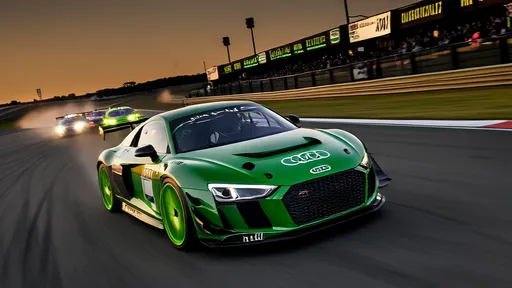
By /Jun 14, 2025

By /Jun 14, 2025

By /Jun 14, 2025
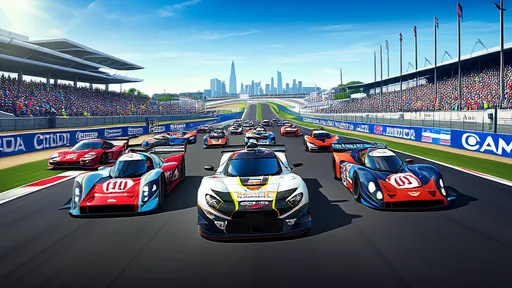
By /Jun 14, 2025
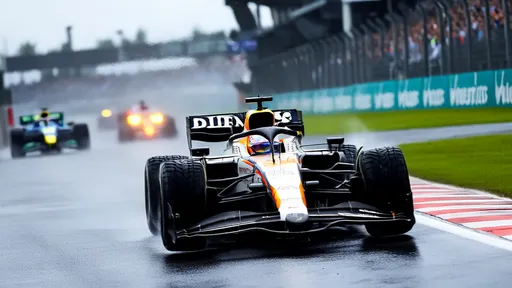
By /Jun 14, 2025

By /Jun 14, 2025

By /Jun 14, 2025

By /Jun 14, 2025
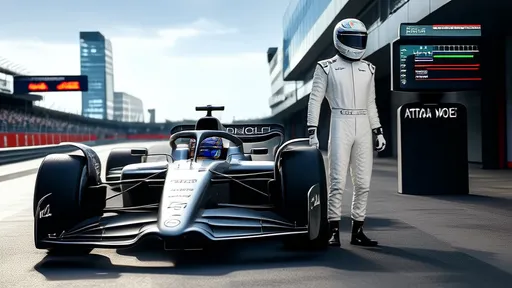
By /Jun 14, 2025